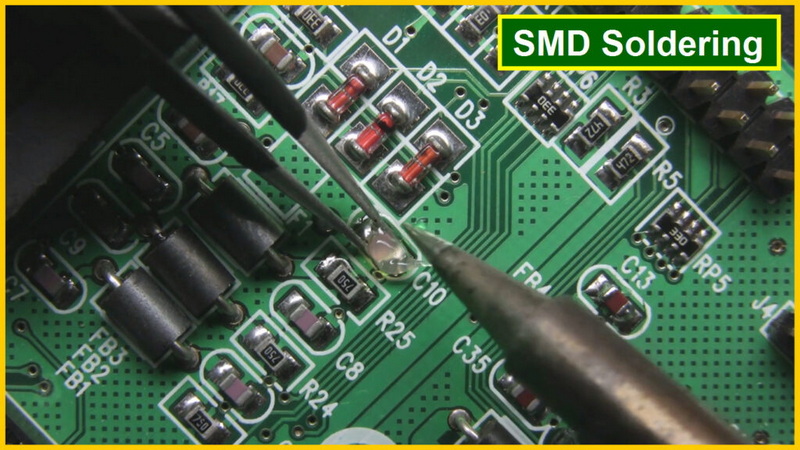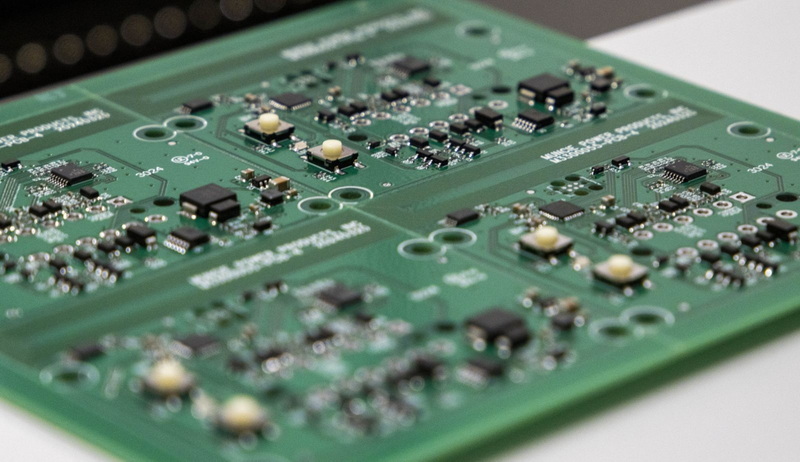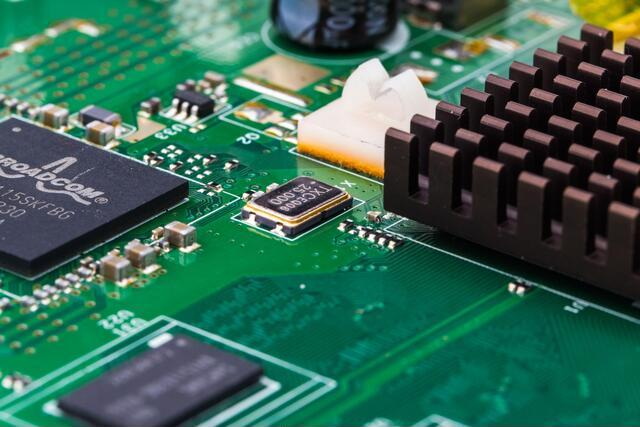Content Menu
● Understanding SMT Production Lines
● Planning Your SMT Production Line Setup
>> Assessing Production Requirements
>> Budgeting for Equipment and Setup
● Selecting Equipment for Your SMT Line
● Designing the Layout of Your SMT Production Line
● Setting Up Your SMT Production Line
>> Installation of Equipment
>> Calibration and Testing
● Implementing Best Practices for Efficiency
● Conclusion
● FAQ
>> 1. What is an SMT production line?
>> 2. What equipment is essential for setting up an SMT line?
>> 3. How do I determine the layout for my SMT production line?
>> 4. What are lean manufacturing principles?
>> 5. How important is operator training in an SMT production line?
Setting up a Surface Mount Technology (SMT) production line is a critical step for manufacturers aiming to produce high-quality electronic devices efficiently. This guide will provide a comprehensive overview of the essential steps, best practices, and considerations for establishing an effective SMT production line setup.

Understanding SMT Production Lines
An SMT production line is a sequence of machines and processes used to assemble electronic components onto printed circuit boards (PCBs). The main components of an SMT line include:
- Solder Paste Printers: Apply solder paste onto the PCB.
- Pick-and-Place Machines: Place surface mount components onto the PCB.
- Reflow Ovens: Melt the solder paste to create electrical connections.
- Inspection Systems: Ensure quality control throughout the process.
Each component plays a vital role in ensuring that the assembly process is efficient and produces high-quality products.
Planning Your SMT Production Line Setup
Assessing Production Requirements
Before diving into equipment acquisition, it's crucial to assess your production requirements. Consider factors such as:
- Production Volume: Determine how many units you plan to produce daily or weekly.
- Types of Components: Identify the components you will be using, as this will influence your equipment choices.
- Complexity of Assemblies: Understand the complexity of your PCB designs, which will affect the technology needed.
Budgeting for Equipment and Setup
Setting up an SMT production line can range from $50,000 to $130,000 for low to medium volume operations. Key expenses include:
- Equipment Costs: Purchase essential machines like solder paste printers, pick-and-place machines, reflow ovens, and inspection systems.
- Facility Setup: Consider costs related to environmental controls, safety measures, and workspace layout.
- Raw Material Inventory: Factor in initial costs for components and materials needed for production.

Selecting Equipment for Your SMT Line
Choosing the right equipment is vital for an efficient SMT production line. Here are some key considerations:
- Compatibility: Ensure that all machines are compatible with the types of PCBs and components you will be using.
- Automation Features: Look for machines that offer automation capabilities, such as Automated Optical Inspection (AOI) systems, which can enhance efficiency and accuracy.
- Scalability: Consider equipment that can adapt to future production needs or changes in technology.
Designing the Layout of Your SMT Production Line
The layout of your SMT line significantly impacts its efficiency. Here are some best practices for designing an effective layout:
- Logical Flow: Arrange machines in a logical sequence that follows the natural flow of materials. For example, position the solder paste printer at the start of the line, followed by pick-and-place machines, reflow ovens, and inspection systems.
- Adequate Spacing: Ensure there is enough space between machines for operators to move freely and perform maintenance without disrupting production.
- Future Expansion: Design the layout with future growth in mind. Leave space for additional machines or processes as needed.
Setting Up Your SMT Production Line
Installation of Equipment
Once your layout is designed, it's time to install your equipment. Follow these steps:
1. Secure Installations: Follow manufacturer instructions carefully during installation to ensure all connections are secure.
2. Alignment Checks: Pay special attention to aligning pick-and-place machines with solder paste printers for accurate component placement.
3. Integration of Systems: Ensure all machines communicate effectively. This may involve setting up network connections and configuring data exchange protocols.
Calibration and Testing
After installation, thorough calibration and testing are essential:
- Run test boards through each machine to verify functionality.
- Check component placement accuracy, solder paste application quality, and reflow profiles.
Implementing Best Practices for Efficiency
To maximize efficiency in your SMT production line setup, consider implementing these best practices:
- Lean Manufacturing Principles: Apply lean techniques such as value stream mapping and 5S (Sort, Set in order, Shine, Standardize, Sustain) to eliminate waste and optimize workflow.
- Continuous Monitoring: Utilize real-time monitoring tools to identify bottlenecks and areas for improvement in your production process.
- Operator Training: Invest in training programs for operators to ensure they are familiar with equipment operation and best practices.
Conclusion
Setting up an efficient SMT production line requires careful planning, selection of appropriate equipment, thoughtful layout design, and ongoing maintenance. By following these guidelines and best practices, manufacturers can create a highly productive environment that maximizes throughput while maintaining high-quality standards in electronic assembly.

FAQ
1. What is an SMT production line?
An SMT production line is a series of interconnected processes and machines used to assemble electronic components onto printed circuit boards using surface mount technology.
2. What equipment is essential for setting up an SMT line?
Essential equipment includes solder paste printers, pick-and-place machines, reflow ovens, and inspection systems.
3. How do I determine the layout for my SMT production line?
The layout should follow a logical flow from solder paste application through component placement to reflow soldering while allowing adequate space for maintenance and future expansion.
4. What are lean manufacturing principles?
Lean manufacturing principles focus on minimizing waste within manufacturing systems while maximizing productivity through continuous improvement techniques such as value stream mapping.
5. How important is operator training in an SMT production line?
Operator training is crucial as it ensures that staff are knowledgeable about machine operation and best practices, which directly impacts efficiency and product quality.




















